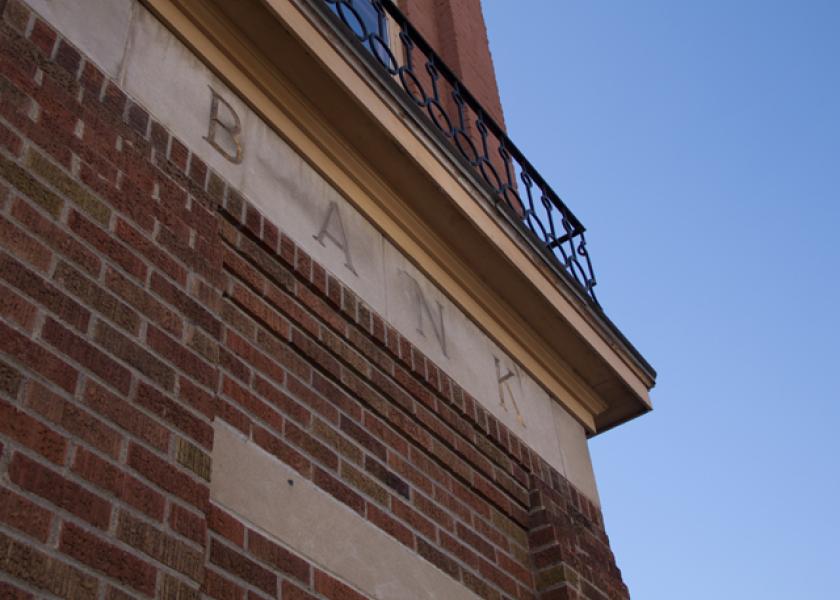Rural Mainstreet Economy Weakest Since June 2020

For a seventh straight month, the overall Rural Mainstreet Index (RMI) sank below growth neutral, according to the March survey of bank CEOs in rural areas of a 10-state region dependent on agriculture and/or energy.
Overall: The region’s overall reading for March fell to 38.0, its lowest level since June 2020, and down from 46.2 in February. The index ranges between 0 and 100, with a reading of 50.0 representing growth neutral.
“Higher interest rates, weaker agriculture commodity prices and higher grain storage costs pushed the overall reading to its lowest level since the early months of the pandemic,” says Creighton University’s Dr. Ernie Goss, who conducts the survey.
Jeff Bonnett, CEO of Havana National Bank in Havana, Ill., says, “Our farm operators, like their peers across the Corn Belt, are still storing 2023 crop awaiting at least break-even pricing. Without an upward push in commodity prices, the 2024 crop projections mirror 2023.”
Farming and ranching land prices: The region’s farmland price index fell to a still solid 56.0 from February’s 57.7. The farmland price index has remained above growth neutral for 52 consecutive months. “Creighton’s survey continues to point to solid, but slowing, growth in farmland prices. Approximately 16.0% of bankers report farmland prices expanded from February levels,” says Goss.
Bonnett reports, “With the extremely low market prices for both corn and beans, our bank's typical ag operating loan cycle is now three, and in some cases four months behind the norm.”
“Even so, only approximately 1.1% of bankers report an upturn in farm loan delinquencies over the past six months. This is only one percentage point higher than reported three months ago when the same question was asked,” notes Goss.
“As a result of weaker agriculture commodity prices, approximately one in three bankers, or 29.2%, indicate their bank had tightened credit standards,” comments Goss.
Farm equipment sales: The farm equipment sales index for March plummeted to 30.4, the lowest reading since May 2020, from February’s 49.5. “This is the ninth time in the past ten months the index has fallen below growth neutral. Higher borrowing costs, tighter credit conditions and weaker grain prices are having a negative impact on the purchases of farm equipment,” states Goss.
Confidence: Rural bankers remain very pessimistic about economic growth in their area over the next six months. The March confidence index sank to 36.0 from February’s 40.4. “Weak and falling agriculture commodity prices and higher interest rates over the past several months continue to constrain banker confidence,” says Goss.
The survey represents an early snapshot of the economy of rural agriculturally- and energy-dependent portions of the nation. The Rural Mainstreet Index covers 10 regional states, focusing on approximately 200 rural communities with an average population of 1,300.






